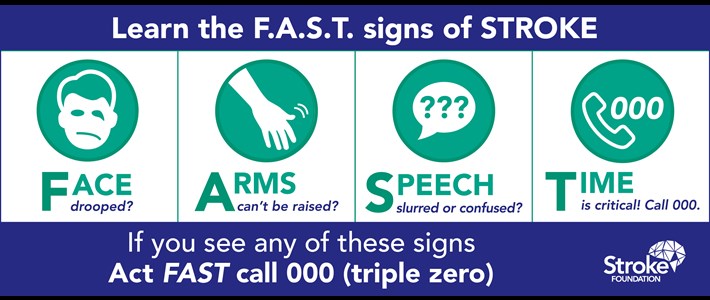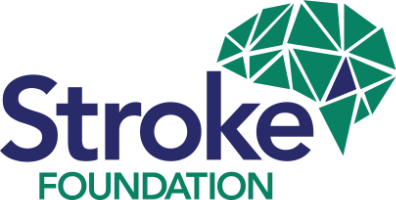Top 10 facts about stroke
In 2023, there were an estimated 45,785 stroke events in Australia including 34,793 first-ever strokes, which equates to one stroke every 11 minutes.
Stroke can happen at any age, and one in four people globally will have a stroke in their lifetime.
It is estimated that 440,481 people with a history of stroke were living in Australia in 2023 (244,756 males and 195,725 females).
Stroke is one of Australia’s biggest killers. It kills more women than breast cancer and more men than prostate cancer.
In 2023, it was estimated the cost of stroke in Australia was $9 billion. The lifetime costs associated with strokes that occurred in 2023 exceed $15 billion, including $5.5 billion in healthcare costs, $6.3 billion in lost productivity costs and $3.3 billion in costs related to unpaid care.
More than 80 percent of strokes can be prevented.
In 2023, 1 in 4 strokes occurred in people under the age of 65 years.
Regional Australians are 17 percent more likely to suffer a stroke than those in metropolitan areas.
When a stroke strikes, it attacks up to 1.9 million brain cells per minute.
Without action by 2050, it is predicted the number strokes experienced by Australians annually will increase to 72,000.
The FAST test is an easy way to recognise and remember the signs of stroke.
Using the FAST test involves asking these simple questions:
- Face – Check their face. Has their mouth drooped?
- Arms – Can they lift both arms?
- Speech – Is their speech slurred? Do they understand you?
- Time – Time is critical. If you see any of these signs, call 000 straight away.

